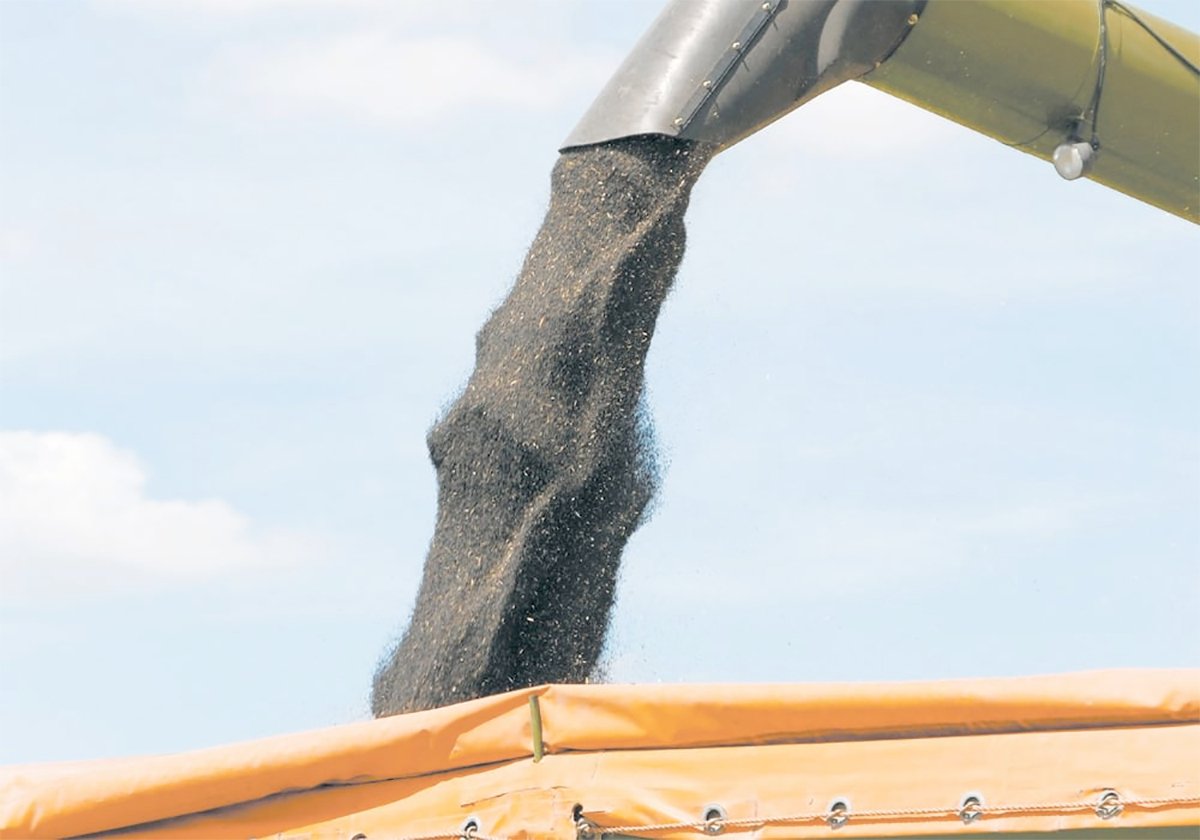The Butterfly Effect is a simple way to explain the mathematics of chaos.
It proposes that an insignificant phenomenon, such as a butterfly flapping its wings in Brazil, could cause major repercussions such as a tornado in Texas.
The concept is intriguing and controversial, but North American farmers should probably be more concerned about a different butterfly effect: the impact of butterflies not flapping their wings.
In June, the U.S. Environmental Protection Agency settled an eight year lawsuit with an environmental group. The EPA agreed to study how glyphosate and other herbicides affect endangered plants and animals, most notably the monarch.
Read Also

Determining tariff compensation will be difficult but necessary
Prime minister Mark Carney says his government will support canola farmers, yet estimating the loss and paying compensation in an equitable fashion will be no easy task, but it can be done.
Data suggests there were once one billion monarchs in North America, but it now sits at 50 million.
Influential environmental groups such as the Natural Resources Defense Council blame the overuse of glyphosate, the active ingredient in Roundup, for its decline.
The council says glyphosate has “wiped out” most of the milkweed plants in the U.S. Midwest and other agricultural regions. Monarchs need milkweed plants because they lay eggs on them and it’s the only food their caterpillars eat.
The EPA has until 2020 to complete its endangered species study for glyphosate and other pesticides. Environmentalists are hoping Health Canada conducts a similar assessment in this country.
In the meantime, the pressure to preserve the monarch is likely to intensify for a number of reasons:
- Kids love butterflies. Nearly every girl, between the ages of 2-10, has a clothing item with a butterfly image.
- The monarch is possibly the most iconic of all butterflies.
- Monsanto manufactures Roundup. There are thousands if not millions of activists who will do anything to overthrow Monsanto.
Food production often enjoys special status relative to other sectors of the economy. But any industry, including agriculture, that is seen to be destroying butterflies better be prepared for a nasty backlash.
Ontario farmers learned that a perceived threat to bees, based on limited science, can prompt restrictive insecticide rules in less than three years.
If monarch numbers drop further, regulations to protect butterflies may arrive faster than anyone in agriculture expects.















